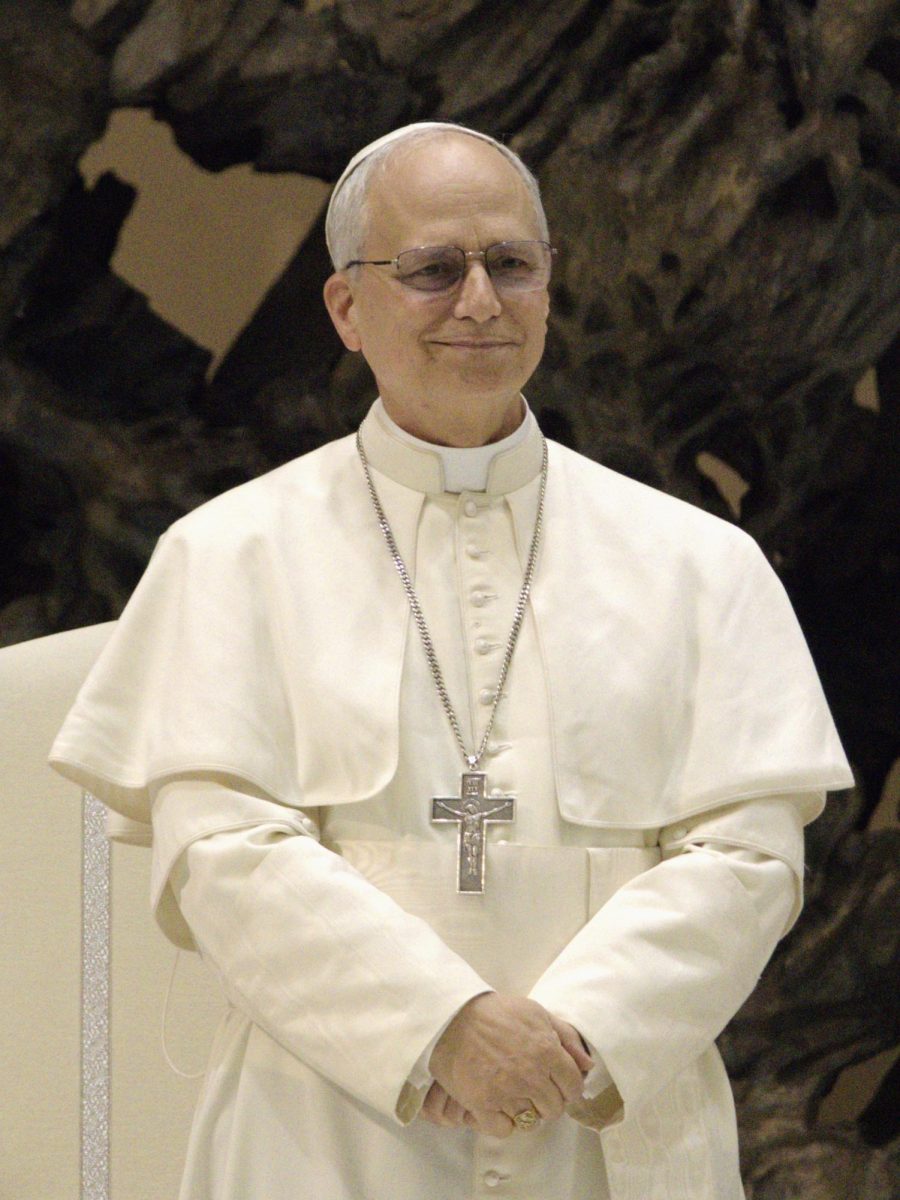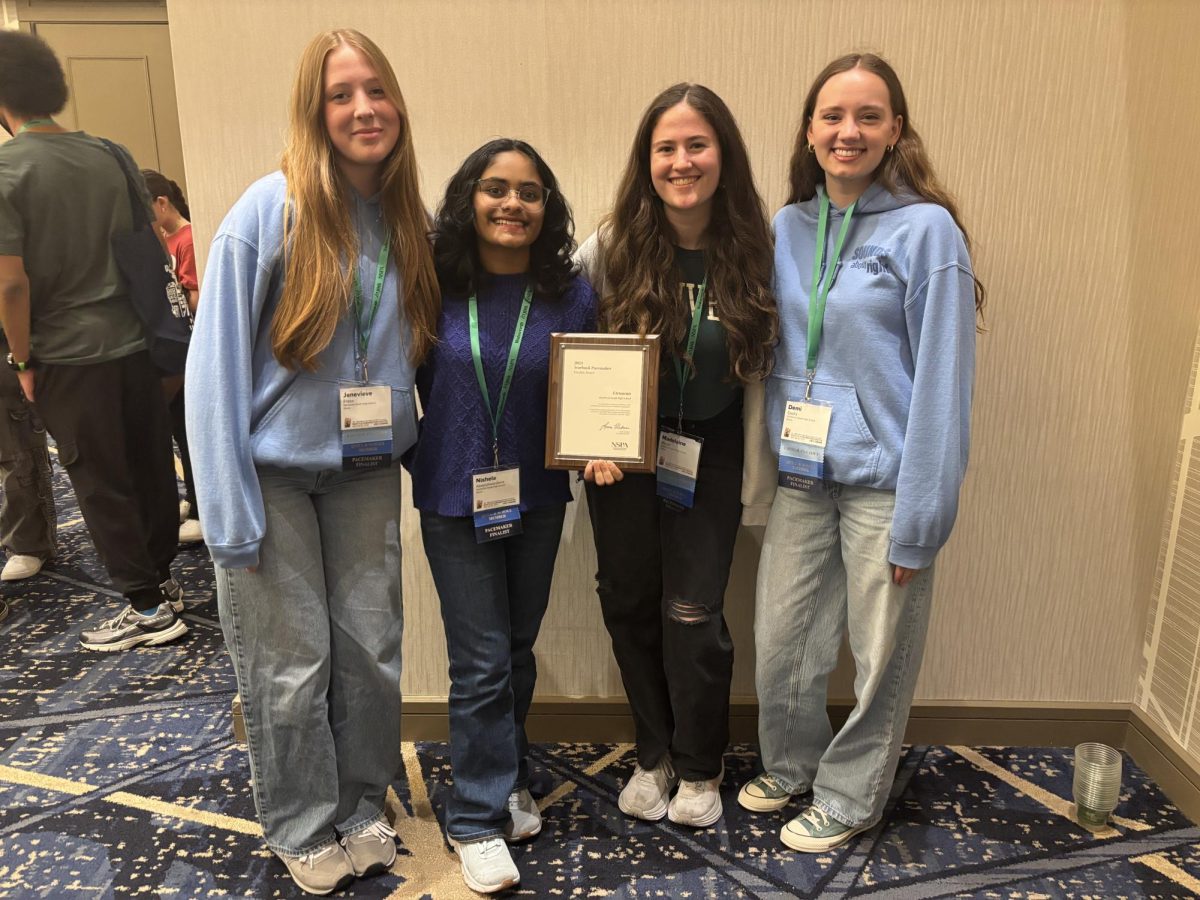The GBS Woods and Radio programs collaborated to create a brand-new radio station setup, built by Woods 2 and Advanced Woods students, that was installed in December.
The need for the radio station renovation began in the spring of the 2013-2014 school year, after a student approached radio teacher Dr. Daniel Oswald with the idea for a new radio station built by the Woods program. According to Oswald, the pre-renovation radio station layout had a 25-year history.
“[In] 1991, they redesigned the study hall for television and allowed radio to move into the old TV studio, and so it was then that the main broadcast studio […] was really laid out, and it was that way, in that configuration, from the summer of ‘91 all the way until December 2014,” Oswald said.
According to Woods teacher Stephen Silca, the majority of the assembly process for the table was gluing together the 13-15 boards that made up the table.
“After it was all glued up, we sanded it up nice and smooth and we cut the rounded corners making a nice L shape out of it, and then I used a special jig to make the letters [GBS WGBK Radio],” Silca said. “We stained the letters with black enamel and then we varnished with three coats.”
The project was a chance to showcase South students’ skills, as well as provide a hands-on learning experience, according to Oswald.
“Why let students do Woods when you can’t learn woods without [giving it a practical application]?” Oswald said. “So I thought we have this very unique opportunity to use our at-home designers and builders who built tremendous products.”
That hands-on experience for Woods students has translated into making Radio students’ experiences even better, according to senior Maggie Ziegler, a radio station manager.
“Getting the new table is just so much more fresh and put a whole new perspective on when you’re on air,” Ziegler said.
Sophomore Dean Herrera, radio student, emphasized how the new setup leads to easier communication and a better broadcast.
“You can face your interns and the people you have in the studio, and there’s definitely a greater connection between people in the studio,” Herrera said. “Being able to communicate between people in the studio and having a fluid, well-conversed show can really make a more dynamic broadcast.”
That same theme of communication and teamwork ultimately made the project a success for the students who participated in it, according to Silca.
“Collaboration is all about teamwork, and it’s all about the people involved,” Silca said. “So when you have two people from different walks of life or different walks of the school, […] they have to express their side based on their knowledge base and I think this worked out really well.”






